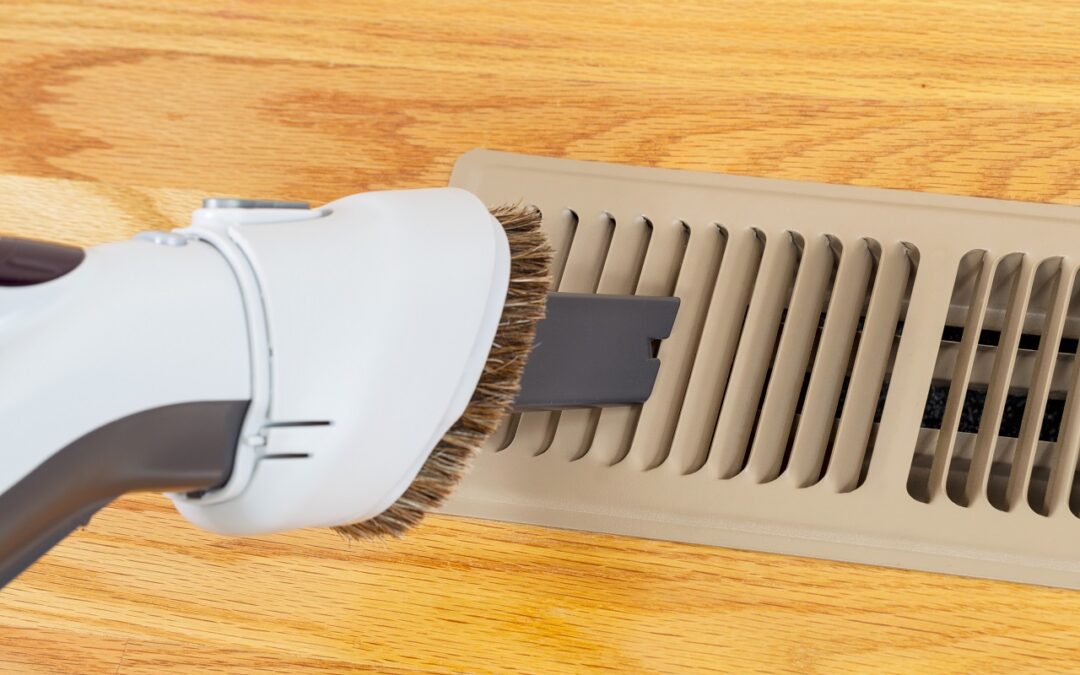Winter heating isn’t the first thing that comes to mind as you’re sweating your way through the final days of summer and early fall. However, now is the ideal time to think about readying your natural gas furnace for the winter.
Before temperatures drop, performing some annual do-it-yourself maintenance and cleaning will help ward off the cold, keep heating bills low and make your home more energy efficient.
Walton Gas offers these easy ideas for helping ensure your furnace is both running properly and operating as efficiently as possible.
- Clean up.
A little vacuuming can go a long way in keeping your furnace in good operating condition.
First, take a quick walk around your home. Are floor registers free of debris, pet hair, dust and scraps of paper? Anything inside the vents can move down into the ductwork and reduce efficiency. Remove floor registers and use a vacuum to suck up debris inside the duct and on the floor around them.
If you’ve made any significant renovations to your home this year, you should also consider scheduling a professional to perform a deep clean of your ductwork.
- Unblock vents.
If air can’t circulate completely throughout the system, your furnace won’t work properly. To keep air flowing, ensure that all vents inside the house are clear and working properly. All vents should be open, adjusted to allow air to flow freely, and free of furniture, boxes or other household items blocking the path. Closing a vent or blocking it can cause the furnace to work harder and less efficiently, eventually damaging it before its time.
- Freshen the filter.
When was the last time you checked your furnace’s air filter. It was probably back in the spring, right? A dirty air filter restricts airflow, causing your furnace to work harder than it should. As a result, it ages quicker and your energy bill rises.
To check the filter, take it out and hold it up to the light. If it’s clogged with dust and debris, replace it. The furnace filter should be replaced or cleaned at the beginning of the heating season and about once a month during periods of continuous use.
- Listen.
Noise is a telltale sign there’s trouble in your furnace blower motor, which
drives the fan that pushes warm air throughout the home. This mechanical workhorse has a lot of moving parts that can begin to break down without regular maintenance.
While the blower is running, listen for high, shrill sounds. This can indicate two metal surfaces are grinding against one another. It can be from the blower wheel coming loose from the blower motor’s shaft and scraping the internal housing. If you hear a loud humming, it’s likely an indicator of an electrical problem.
If you have a noisy blower motor, contact a trained technician for repairs before extensive damage occurs.
- Seal the envelope.
Weaknesses in the shell of your home allows cold air to come in and warm air to escape, making your furnace work harder to keep the space warm. You can reduce the wear and tear on your system — and the natural gas needed to fuel it — by tightening up the thermal envelope of your home.
A good first step for spotting the sources of heating loss is to conduct a do-it-yourself energy audit. Energy.gov provides step-by-step guidelines for a self-assessment. While a professional home energy audit is the best way to identify problem areas, a DIY checkup can help you pinpoint some of the easier areas to address and prioritize any needed upgrades.
Schedule a tune-up
Though it’s not a DIY project, scheduling periodic professional maintenance is another way to extend the life of your furnace and improve its energy efficiency. During a typical maintenance call, you can expect a trained technician to:
- Clean out dirt inside the equipment.
- Test airflow and how well ducts are sealed.
- Check and test the burner and pilot light.
- Inspect and lubricate all moving parts.
- Examine the flue for leaks and blockages.
- Look over the condition of the furnace and all components including the thermostat and controls.
- Ensure the temperature is correct in all areas of the house to avoid cold spots.
It’s also important to note that if you have to make a warranty claim, you may need to provide the furnace manufacturer with records to show that you’ve had the unit inspected regularly.
Whether it’s a DIY project or handled by a professional, consistent care is the key to avoiding trouble when you fire up the furnace this fall. Put your furnace on the to-do list now, so you won’t be left in the cold later.
